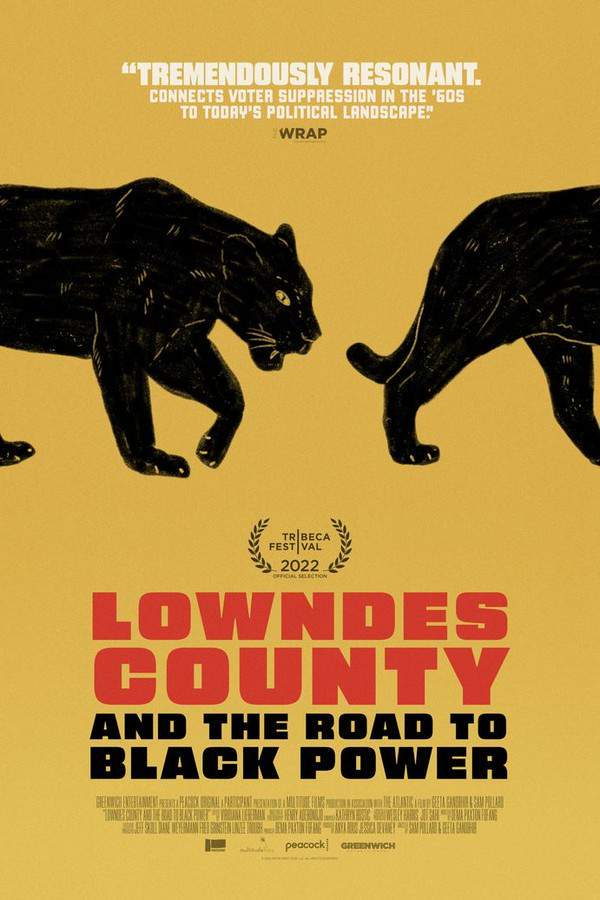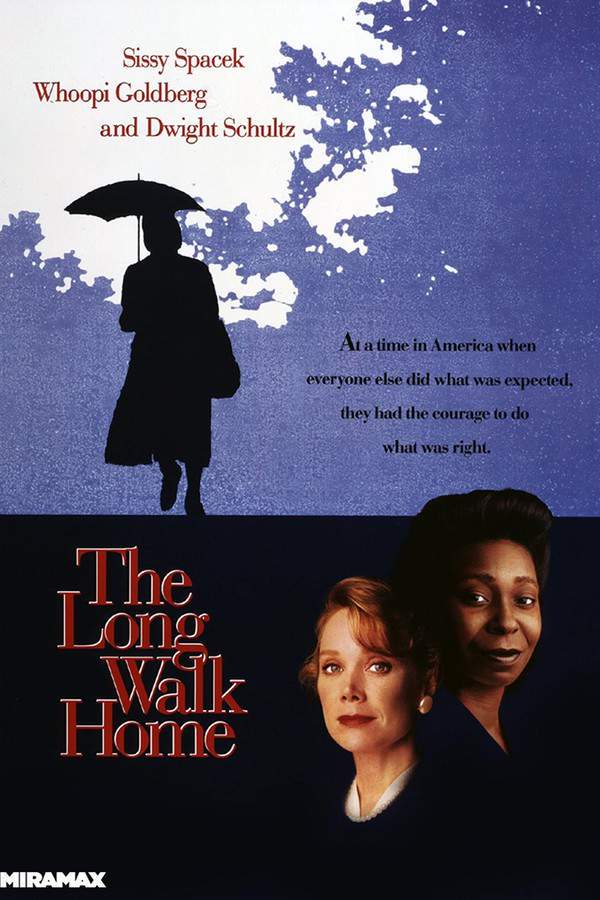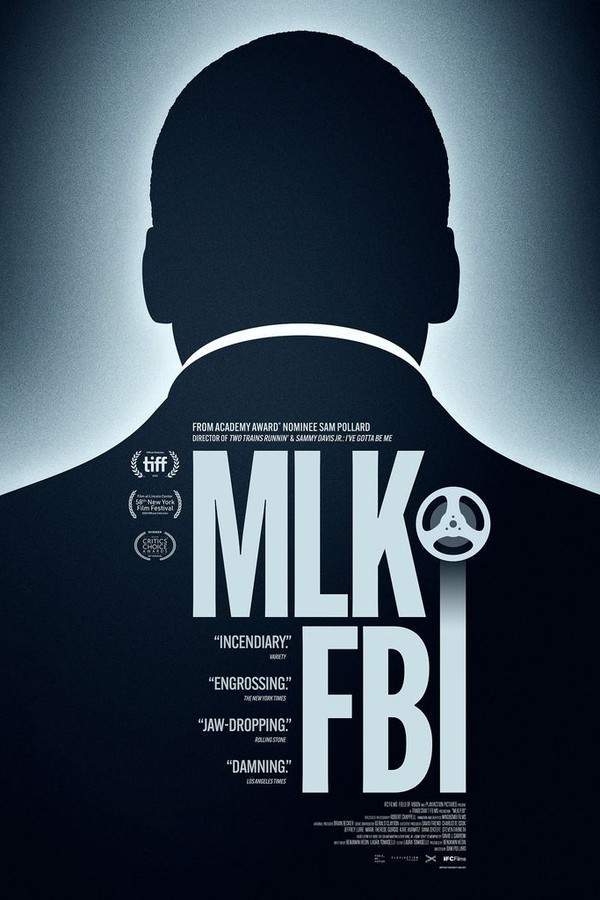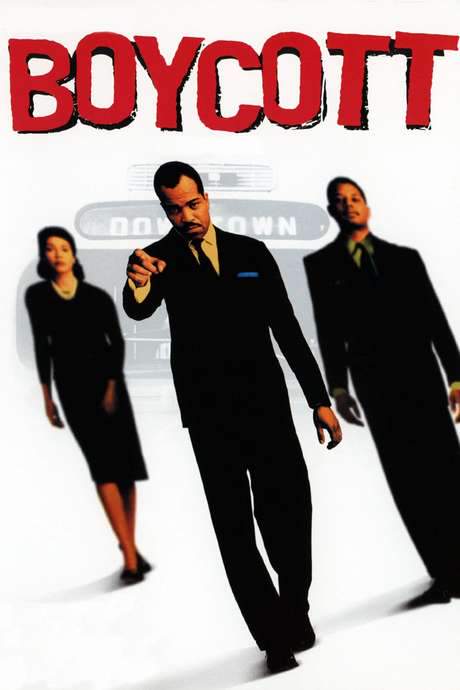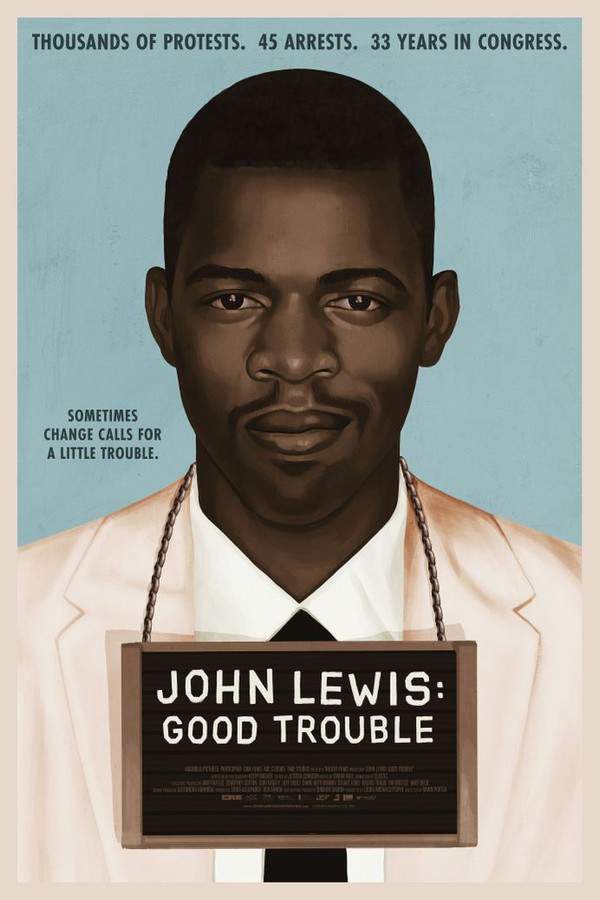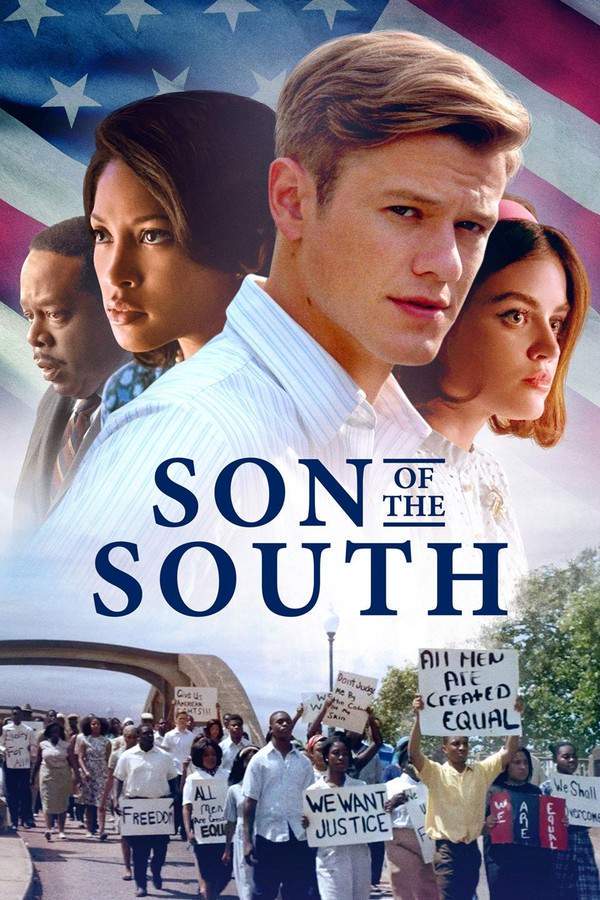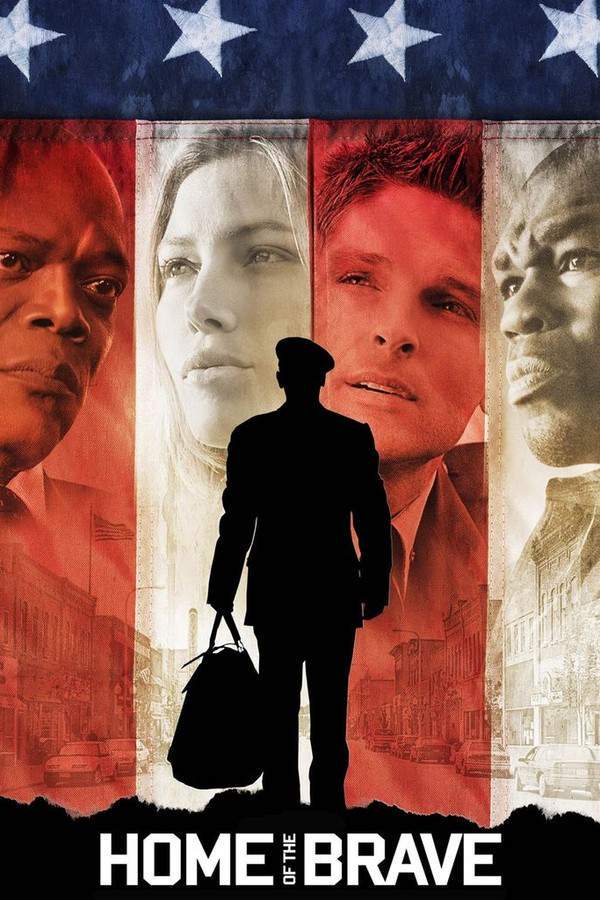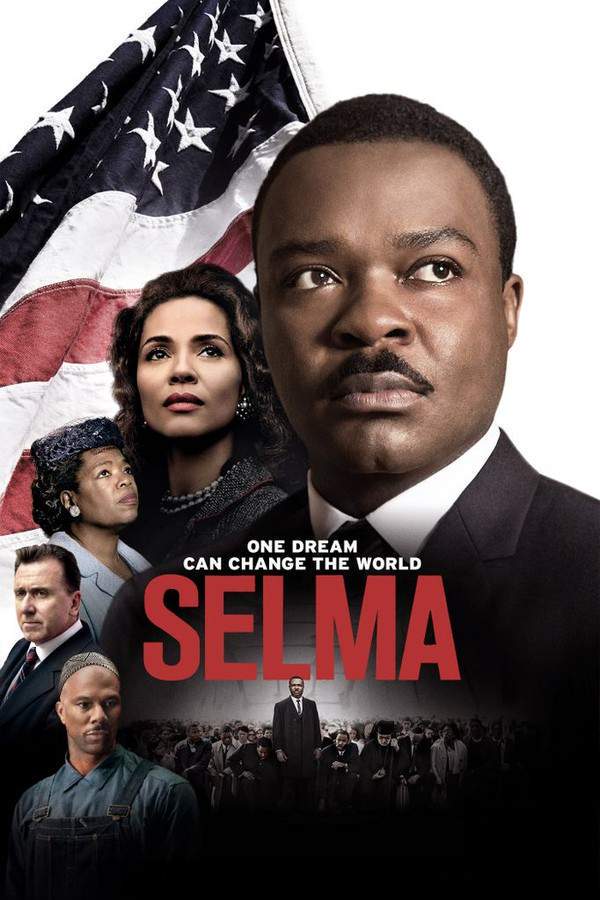
Selma
Year: 2014
Runtime: 128 min
Language: English
Director: Ava DuVernay
Budget: $20M
Amidst deep-seated racial inequalities, Alabama's restrictive voting laws presented a significant obstacle for African Americans striving for equal rights. The film chronicles Dr. Martin Luther King Jr.'s determined fight against discrimination, focusing on the courageous march from Selma to Montgomery. This pivotal event ultimately led to President Lyndon Johnson’s signing of the landmark Voting Rights Act of 1965, a crucial step in the fight for civil rights.
Warning: spoilers below!
Haven’t seen Selma yet? This summary contains major spoilers. Bookmark the page, watch the movie, and come back for the full breakdown. If you're ready, scroll on and relive the story!
Timeline – Selma (2014)
Trace every key event in Selma (2014) with our detailed, chronological timeline. Perfect for unpacking nonlinear stories, spotting hidden connections, and understanding how each scene builds toward the film’s climax. Whether you're revisiting or decoding for the first time, this timeline gives you the full picture.
Last Updated: November 08, 2024 at 01:30
Unlock the Full Story of Selma
Don't stop at just watching — explore Selma in full detail. From the complete plot summary and scene-by-scene timeline to character breakdowns, thematic analysis, and a deep dive into the ending — every page helps you truly understand what Selma is all about. Plus, discover what's next after the movie.
Selma Summary
Read a complete plot summary of Selma, including all key story points, character arcs, and turning points. This in-depth recap is ideal for understanding the narrative structure or reviewing what happened in the movie.

Characters, Settings & Themes in Selma
Discover the characters, locations, and core themes that shape Selma. Get insights into symbolic elements, setting significance, and deeper narrative meaning — ideal for thematic analysis and movie breakdowns.

Similar Movies to Selma
Discover movies like Selma that share similar genres, themes, and storytelling elements. Whether you’re drawn to the atmosphere, character arcs, or plot structure, these curated recommendations will help you explore more films you’ll love.
Explore More About Movie Selma
Selma (2014) Plot Summary & Movie Recap
Selma (2014) Scene-by-Scene Movie Timeline
Selma (2014) Spoiler-Free Summary & Key Flow
Movies Like Selma – Similar Titles You’ll Enjoy
Selma, Lord, Selma (1999) Movie Recap & Themes
Lowndes County and the Road to Black Power (2022) Story Summary & Characters
The Long Walk Home (1990) Full Movie Breakdown
MLK/FBI (2021) Full Summary & Key Details
King (1000) Movie Recap & Themes
Citizen King (2004) Detailed Story Recap
Boycott (2001) Detailed Story Recap
John Lewis: Good Trouble (2020) Full Summary & Key Details
Dr. Martin Luther King, Jr.: A Historical Perspective (1994) Film Overview & Timeline
Tuscaloosa (2020) Detailed Story Recap
Son of the South (2021) Full Movie Breakdown
I Am MLK Jr. (2018) Full Summary & Key Details
Malcolm X (1992) Film Overview & Timeline
Crisis: Behind a Presidential Commitment (1963) Full Movie Breakdown
Home of the Brave (2004) Movie Recap & Themes




